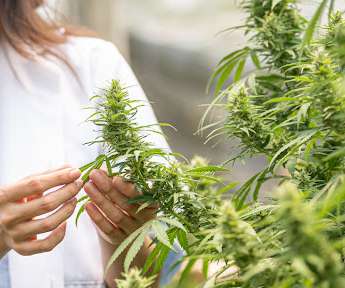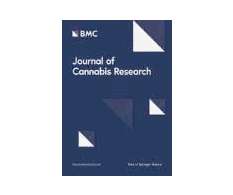Here’s what you need to know about cannabis research
The Cannigma
JULY 1, 2022
There’s no doubt that the amount of information that is available about cannabis is at an all-time high – in 2020 alone, over 3,500 scientific articles were published on the topic. This is because these types of studies control the most variables to ensure that the results that come out of the trial are as reliable as possible.











Let's personalize your content